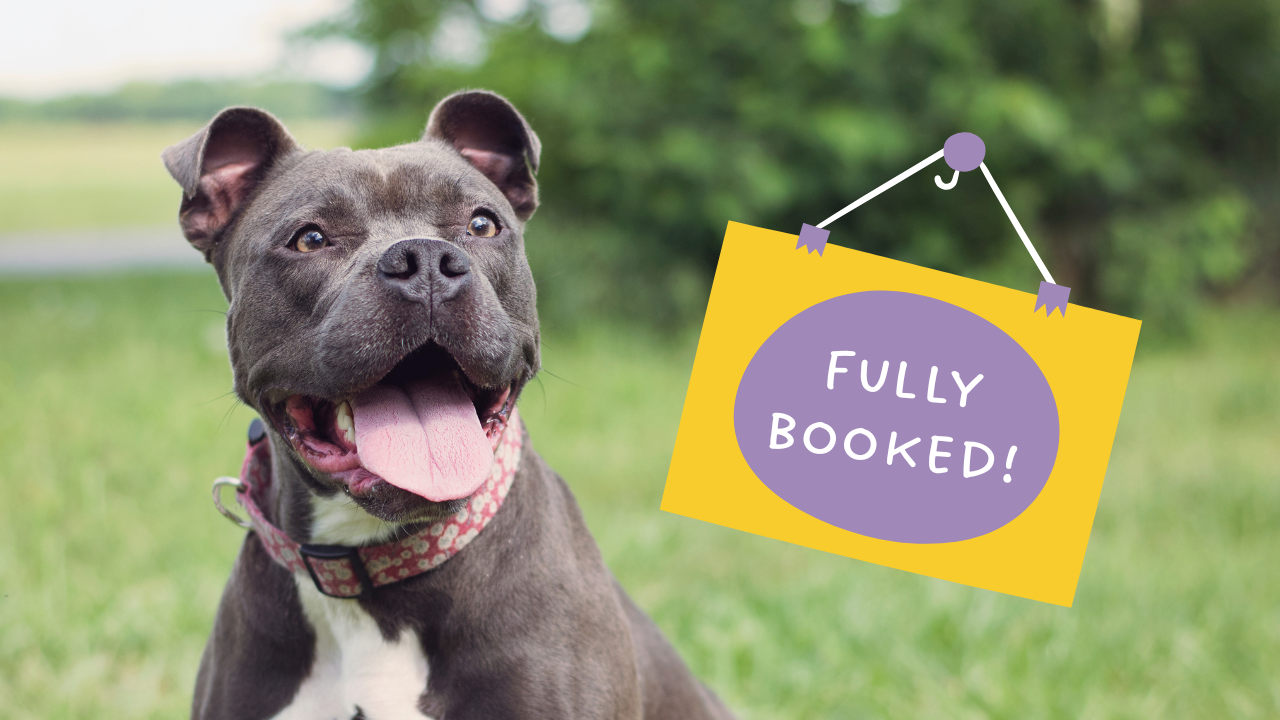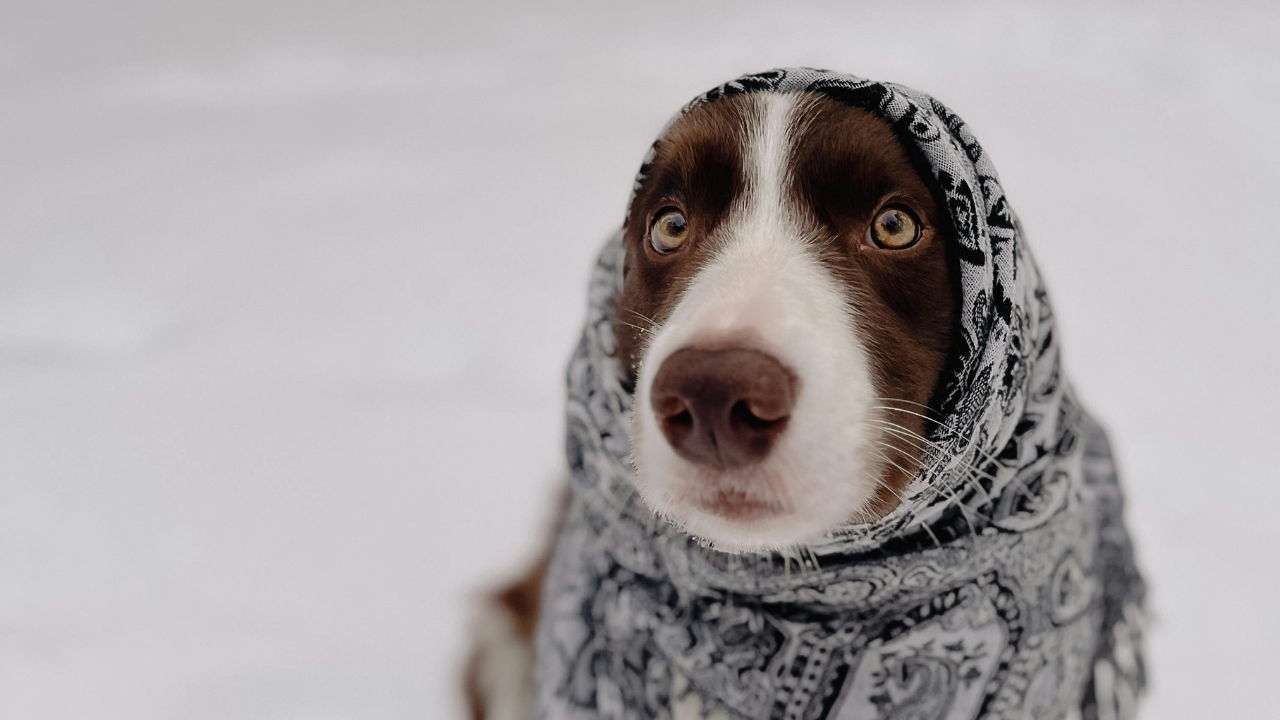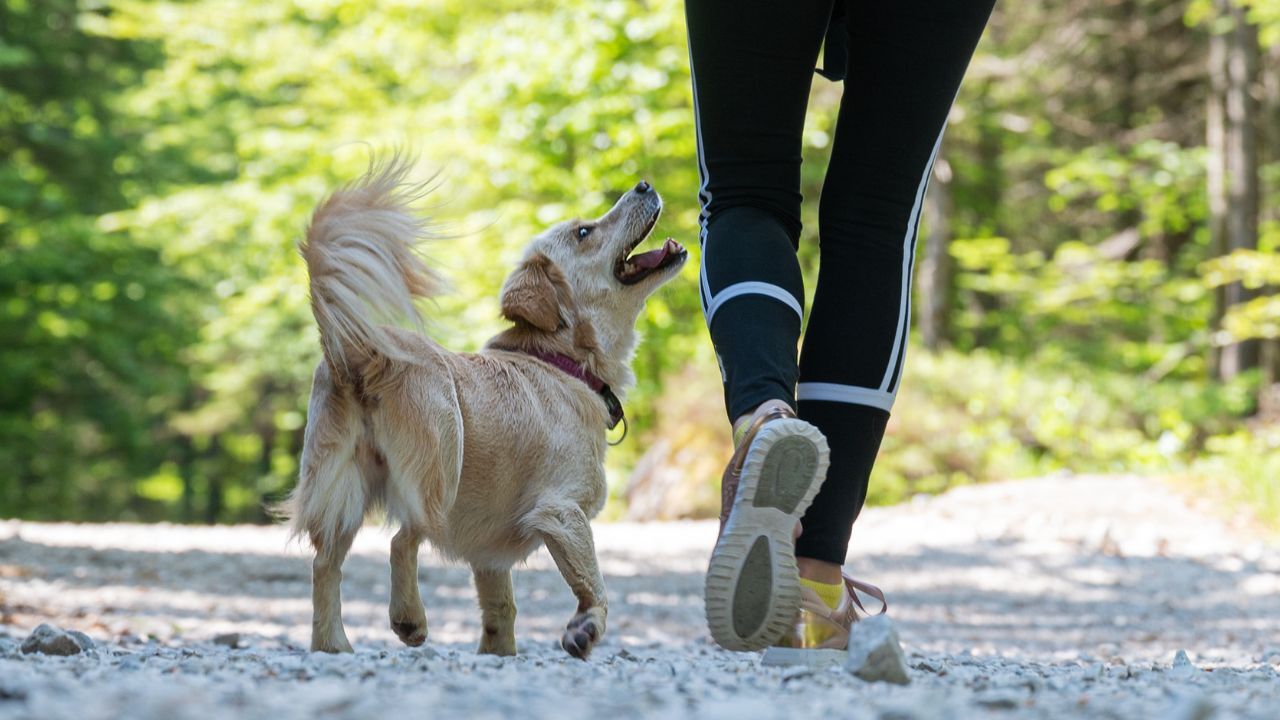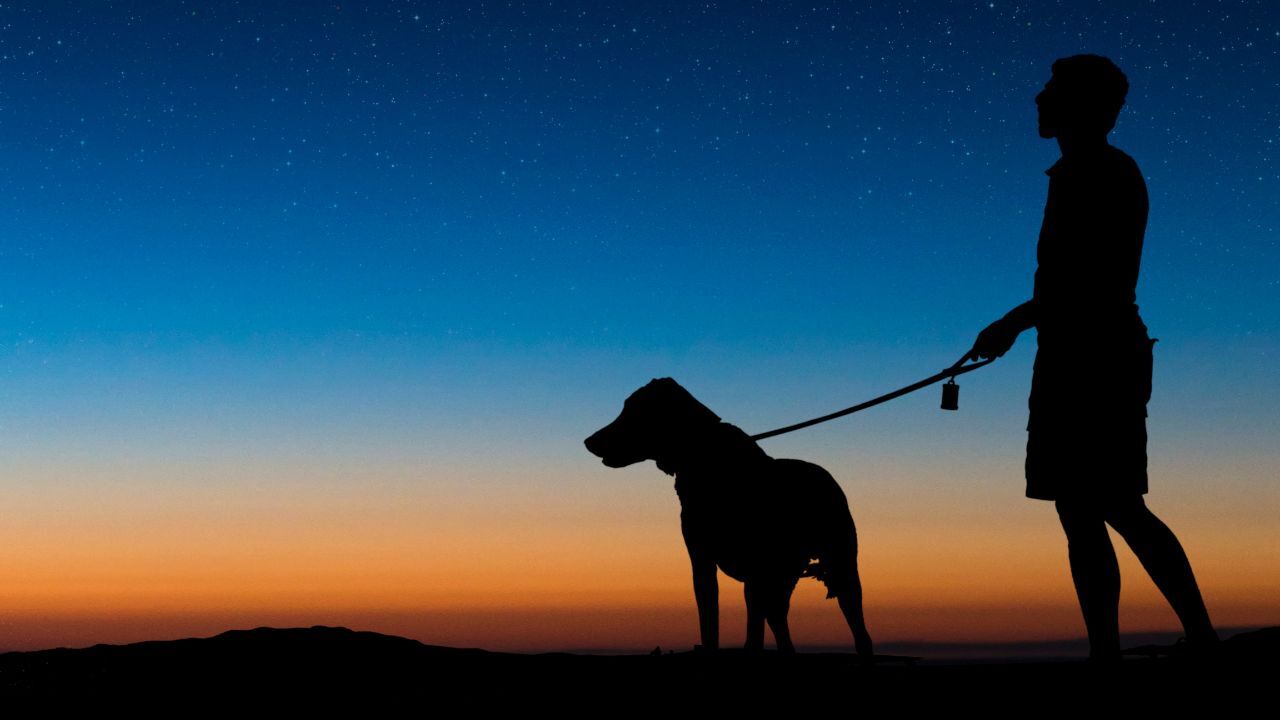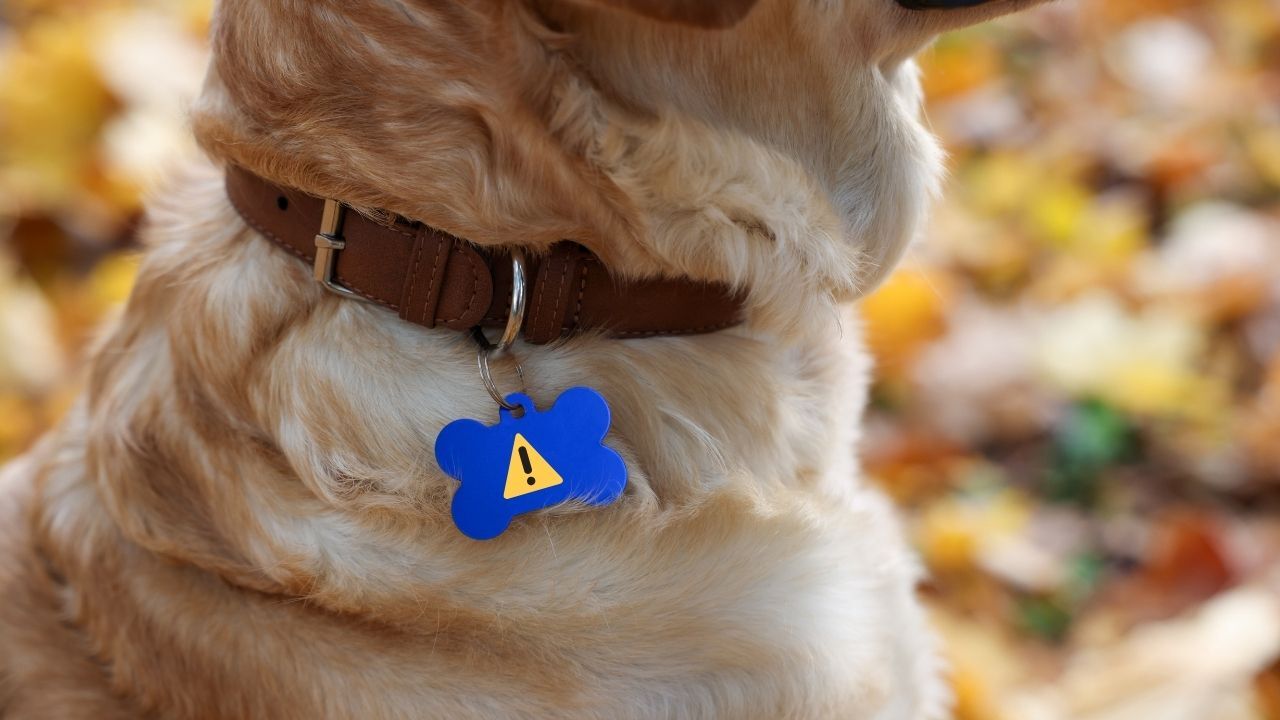Ah, the simple joy of a good dog walk. Fresh air, wagging tails, muddy boots—it’s one of life’s little pleasures, isn’t it? Whether you're strolling through a quiet village lane or marching across a blustery coastal path, walking the dog is a treasured British pastime. But with great paws comes great responsibility!
To help keep our parks pleasant, our pups happy, and our fellow walkers smiling, here’s a cheerful little guide to dog walking etiquette in the UK.
1. Sh*t Happens—Pick It Up
Let’s get the obvious one out of the way first. No one wants to step in it (seriously, it takes forever to get the smell of your shoes!), no one wants to see it, and certainly no one wants to smell it. Always carry poo bags—yes, even if your dog never goes on a walk (spoiler: they will the moment you don’t have one).
It is actually now a legal requirement to have at least one poo bag on your person at any point in the walk, even if your dog has pooped already!
Most public bins are fair game for dog waste, but if in doubt, take it home. It’s the polite (and legal) thing to do.
2. The Lead Lowdown
Different dogs, different needs. In open spaces, many dogs love a good off-lead run, but always check for signs. Some areas require dogs to be on a lead - near livestock, roads, or nature reserves, for example. Even if it’s allowed, make sure your dog has a solid recall before letting them loose. No one wants their picnic interrupted by an overly enthusiastic labrador on a mission... Not to mention your dog could start to play with a nervous or reactive dog that wants to be left alone. Other owners will not thank you for that!
3. Not All Dogs Want to Say Hello
It’s tempting to assume all dogs are social butterflies - but just like us humans, some are more introverted or nervous. If you see a dog on a lead, especially one wearing a yellow lead, bandana, or harness, give them space. It might mean they're nervous, aggressive, reactive, in training, or simply not up for a chat. A quick and friendly “Is it okay if they say hello?” can go a long way.
4. Close Encounters of the Furry Kind
When passing other walkers, especially on narrow paths or in busy parks, it’s courteous to call your dog to your side as soon as you notice another person. Popping them on a lead for a moment, and having them walk at your heel, can prevent accidental zoomies into unsuspecting toddlers, cyclists, or ramblers. It also stops others tripping over or getting tangled in your dog's lead and reassures others that you’re in control - and considerate.
5. Respect the Wildlife (and the Farmers)
The countryside is lovely, and you're very lucky if you live there, but it’s not just ours to enjoy—it's home to sheep, cows, birds, and other busy critters. During nesting season (usually March to July), keep your dog on a lead in areas where ground-nesting birds are present. And always, always keep them on a lead around livestock. A curious chase can cause real harm to livestock, your dog, and yourself or other people around!
6. Make Friends, Not Foes
Dog walks are brilliant social opportunities—for both dogs and humans. A friendly smile, a wave, or even a shared eye-roll over your dog’s latest muddy dive can help build a lovely sense of community.
That said, dogs are incredibly tuned in to our energy. If we’re relaxed and cheerful, they’re more likely to be too. But if we’re feeling tense or uncertain, they’ll often pick up on that and react accordingly. Staying calm, present, and upbeat can make a big difference—not just to your dog, but to others as well as how they interact with others.
Of course, not everyone’s up for a chat, and that’s perfectly fine. A little nod or smile is all it takes to be polite. It’s all about reading the room—or in this case, the park.
7. Know When to Call It a Day
If your pup is tired, overstimulated, or starting to behave a bit oddly (like when the zoomies go from playful energy to full-on chaos), it might be time to call it a day. Dogs, just like us, can have their limits, and pushing them too far can lead to frustration—both for you and them.
If your dog starts showing signs of fatigue or over-excitement that they don't normally exhibit, such as panting heavily, pulling on the lead, or becoming distracted by every little thing, it’s a good sign they’re ready to wind down. Remember, walks should be enjoyable for both of you, not a battle of wills or a test of endurance.
Sometimes, a dog that’s overstimulated or overtired might get a little too rowdy or even start misbehaving, which is less about them being naughty and more about them needing a break. Giving them the rest they need will not only keep them happy, but it’ll also make future walks more enjoyable.
Dog walking in the UK is a bit of a national institution. Whether you’re winding through bluebell woods, navigating a city street, or dancing around puddles on the moors, a little kindness and awareness go a long way. Keep it friendly, keep it tidy, and keep it safe—for you, your pup, and everyone else sharing the path.
Happy walking, and don’t forget the treats (and poo bags)!
.jpg)

